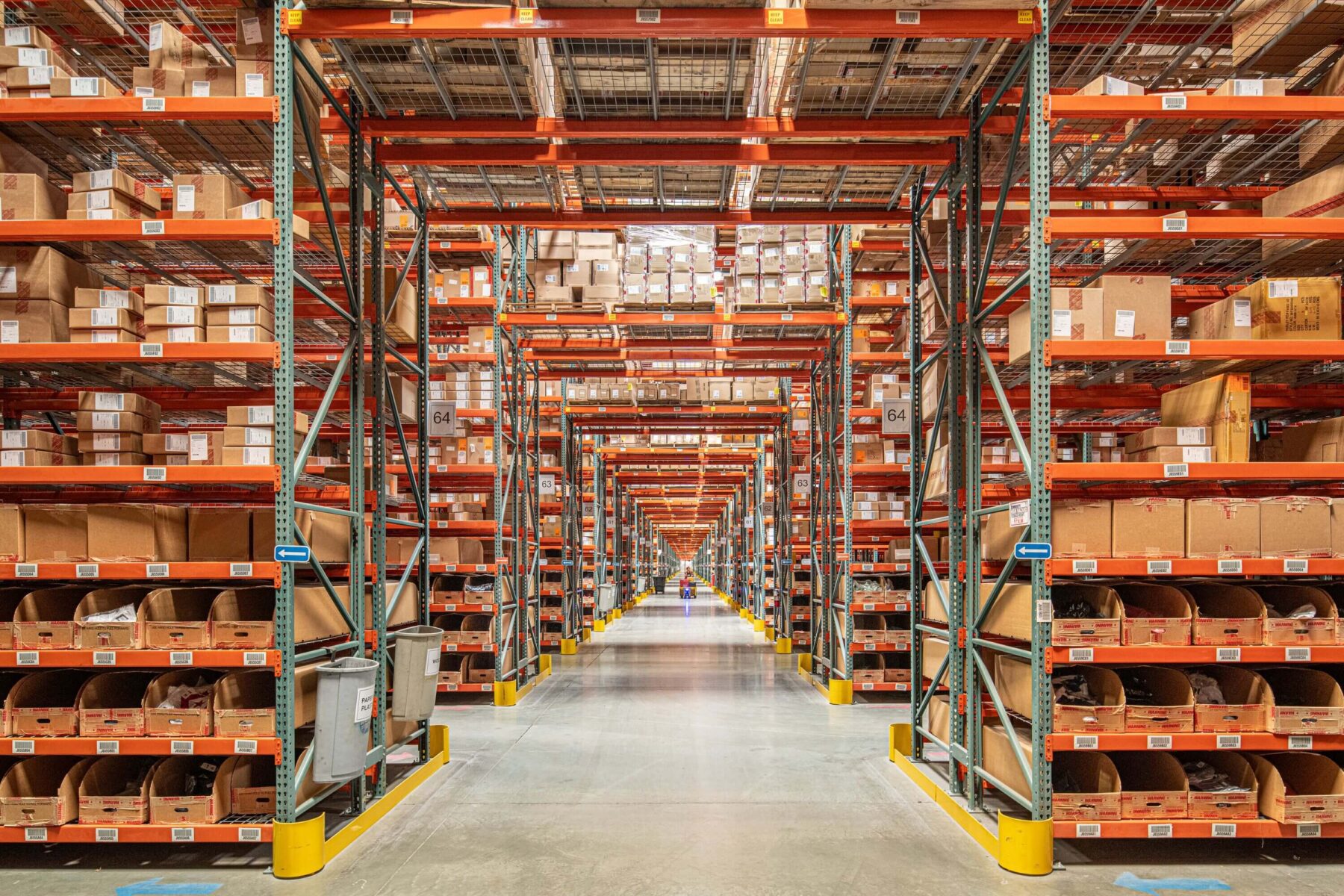Essential Measures for Transforming an Area into a Functional Warehouse
As online purchasing and e-commerce become commonplace, the trend of converting spaces into warehouses has become more prevalent. To transform an empty space into a functional warehouse, certain steps must be completed prior to stocking it with inventory or shifting boxes around. Today, we will highlight ten essential factors to consider when designing a warehouse space that is both efficient and practical; from logistics solutions to storage solutions, these factors can help maximize available warehouse space.
- Location:Selecting an ideal location should be the first stage in designing the ideal warehouse. Consider factors such as accessibility, proximity to customers, and land cost when choosing your location. In addition, expansion plans should be considered when making this crucial choice.
- Layout:The next stage in designing your warehouse space is to plan its layout. This involves determining which sections of the warehouse will be devoted to receiving, storing, and shipping products, as well as how much space should be allocated to each activity. Leave sufficient space between sections and optimize storage solutions based on product size/shape requirements.
- Safety Ergonomics:Safety must always be the top priority, for both employees and visitors. Ensure that steps are taken to prevent accidents by installing appropriate lighting and signage, utilizing durable flooring materials, implementing regular equipment inspection protocols, and considering ergonomic solutions that allow workers to perform their duties safely and efficiently.
- Material Handling Equipment: From forklifts and pallet jacks to conveyors, material handling equipment is essential to optimizing the movement of goods throughout your warehouse. When purchasing high-quality products from reputable suppliers, long-term maintenance costs will be significantly reduced.
- Logistics: To maximize efficiency in any warehouse environment, it is essential to collaborate with a logistics specialist or consultant to devise an optimal system that meets your specific needs and saves both time and money.
- Storage solutions:To maximize available space, a warehouse must utilize efficient storage solutions, so when selecting products for storage, consider shelving units, mobile racks, mezzanine systems, or vertical carousels, depending on product configurations.
- Packaging equipment:Investing in high-quality packaging equipment, such as shrink wrappers and case sealers, can expedite the packing process, and ensure that products are well protected during transport.
- Security Systems: Warehouse security should always be of the utmost importance; investing in a comprehensive security system consisting of cameras, motion detectors, access control systems, and similar technologies is essential for preventing the theft or damage of products.
- Labelling: A proper labelling system is essential for the efficient and accurate shipment of products from your warehouse and for inventory management. Consider purchasing specialized software if you intend to manage many shipments and orders.
- Automation: Automating processes such as picking and packaging can have a significant impact on warehouse productivity and cost savings. Consider automating pick-and-pack processes with robots or automated storage solutions to improve efficiencies and reduce labour costs.
By keeping these guidelines in mind when designing a warehouse, its efficiency and profitability will be maximized. As soon as you have the proper layout, apparatus, and security measures in place, you will utilize every square inch of your facility.
Disclaimer: This content is provided solely for your review. Erusu Consultants takes no liability for this article. The reader is advised to form their own opinion. Please consult a structural engineer before making any final decisions.






